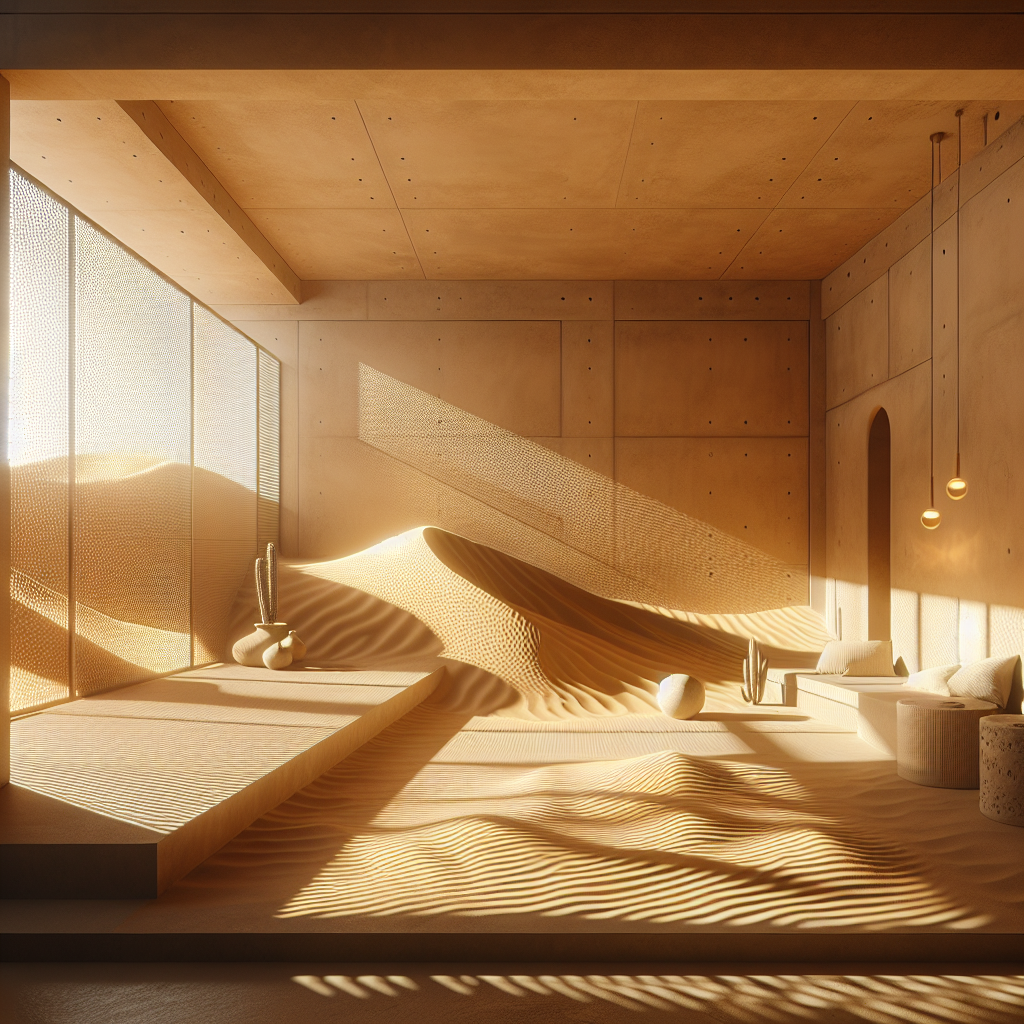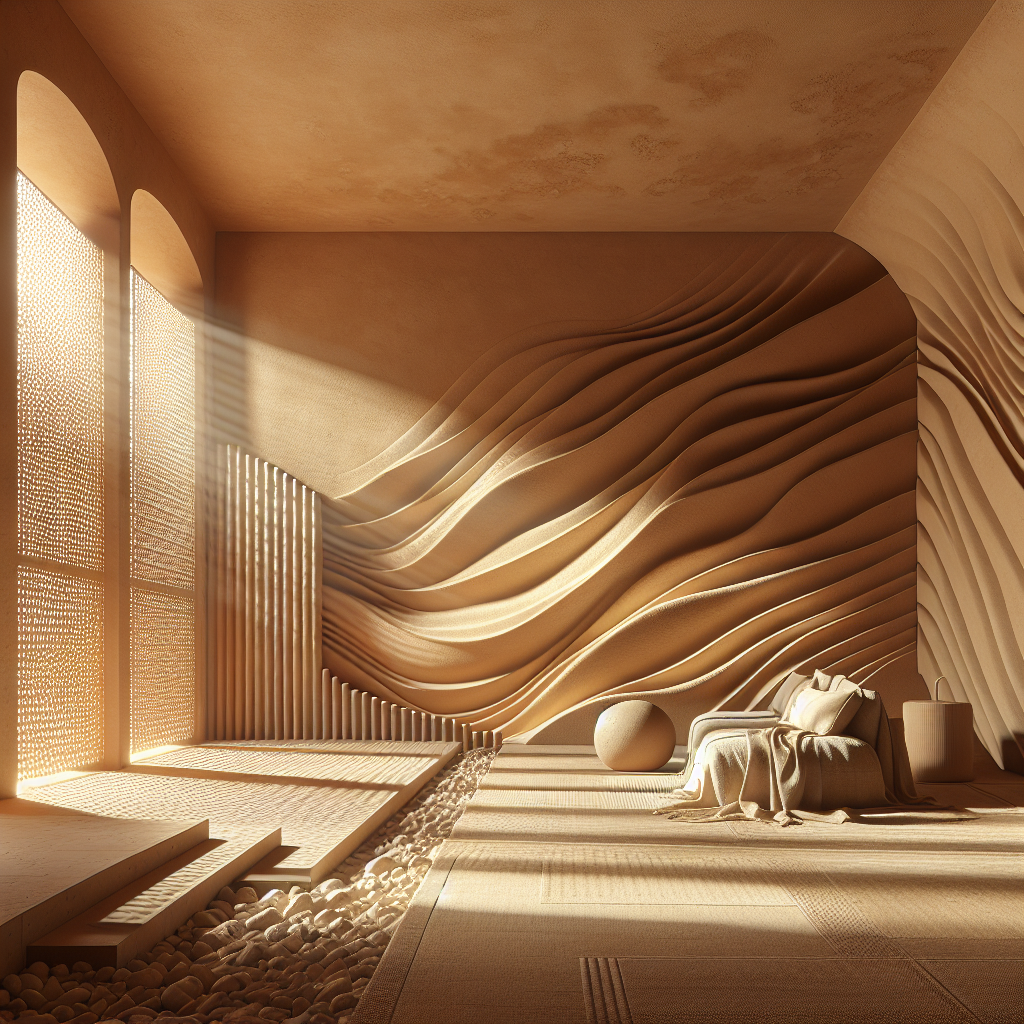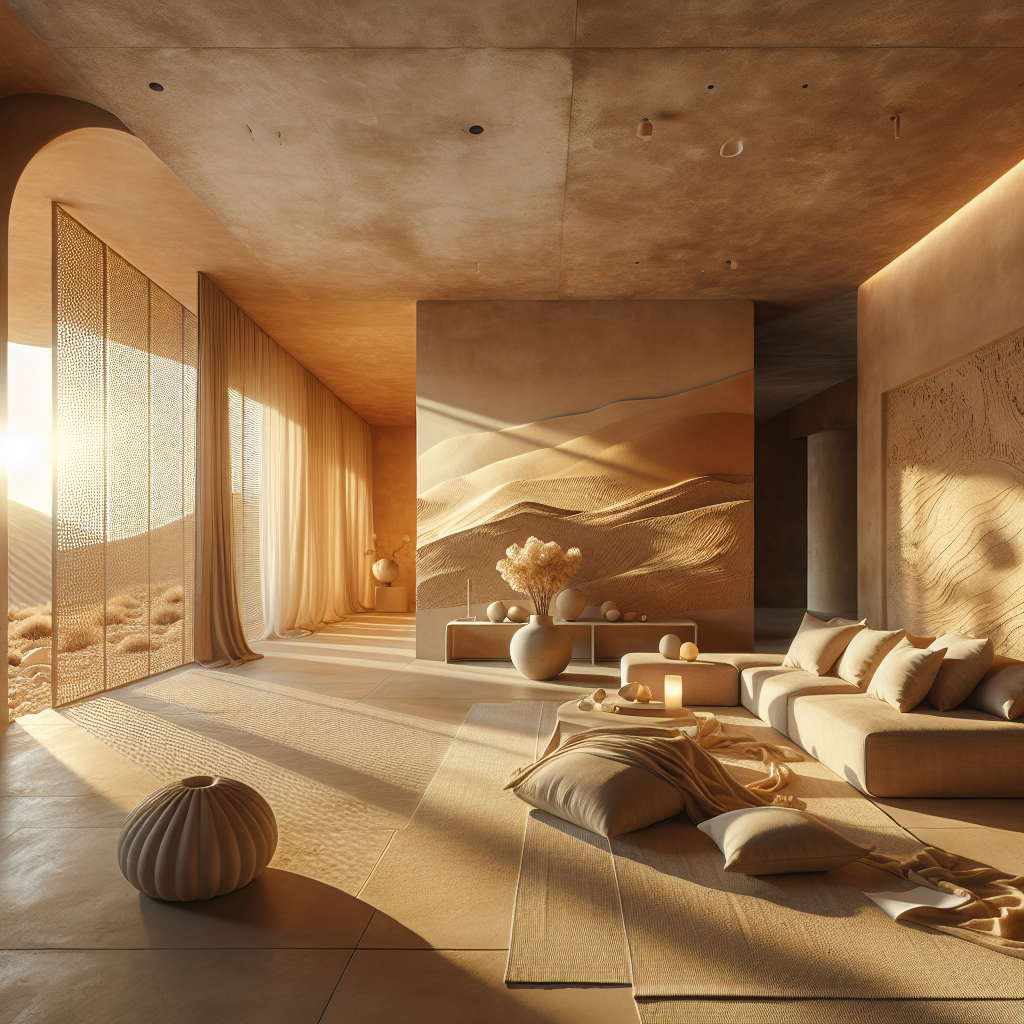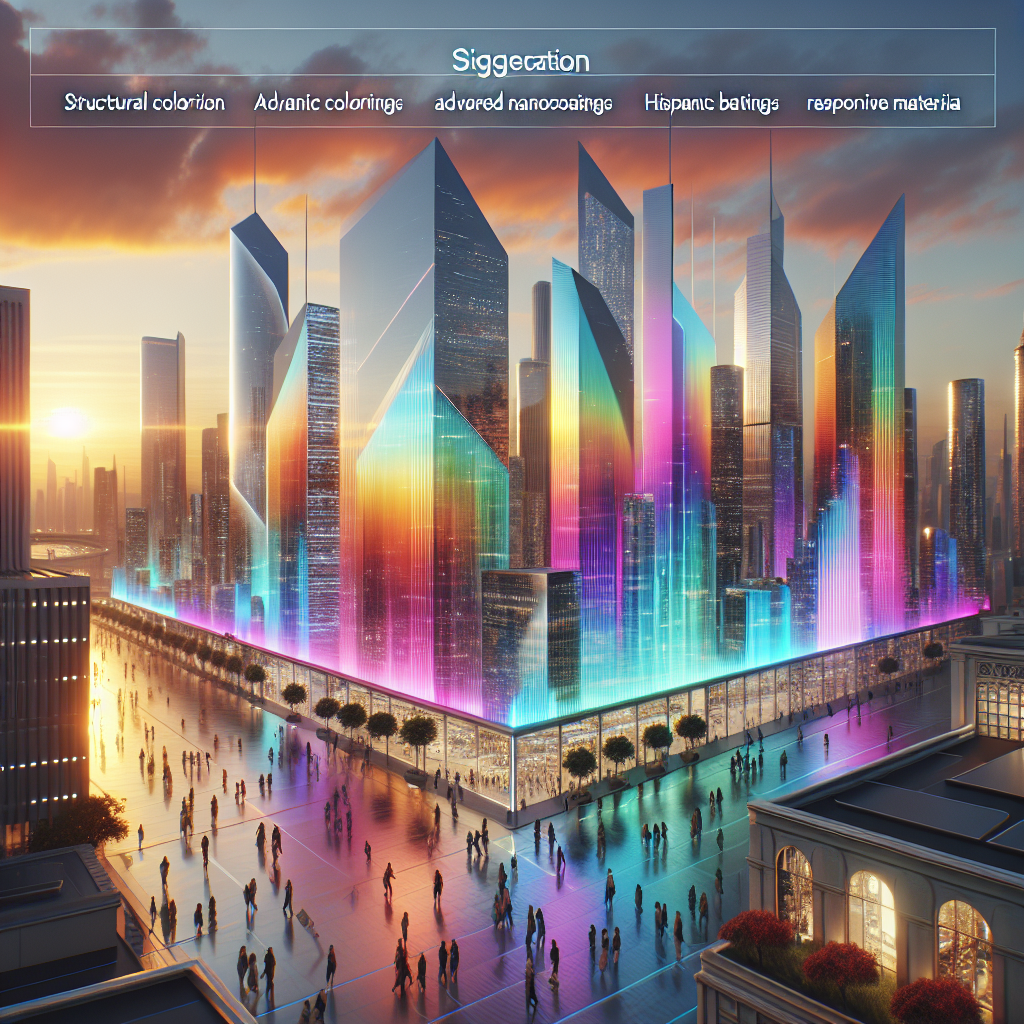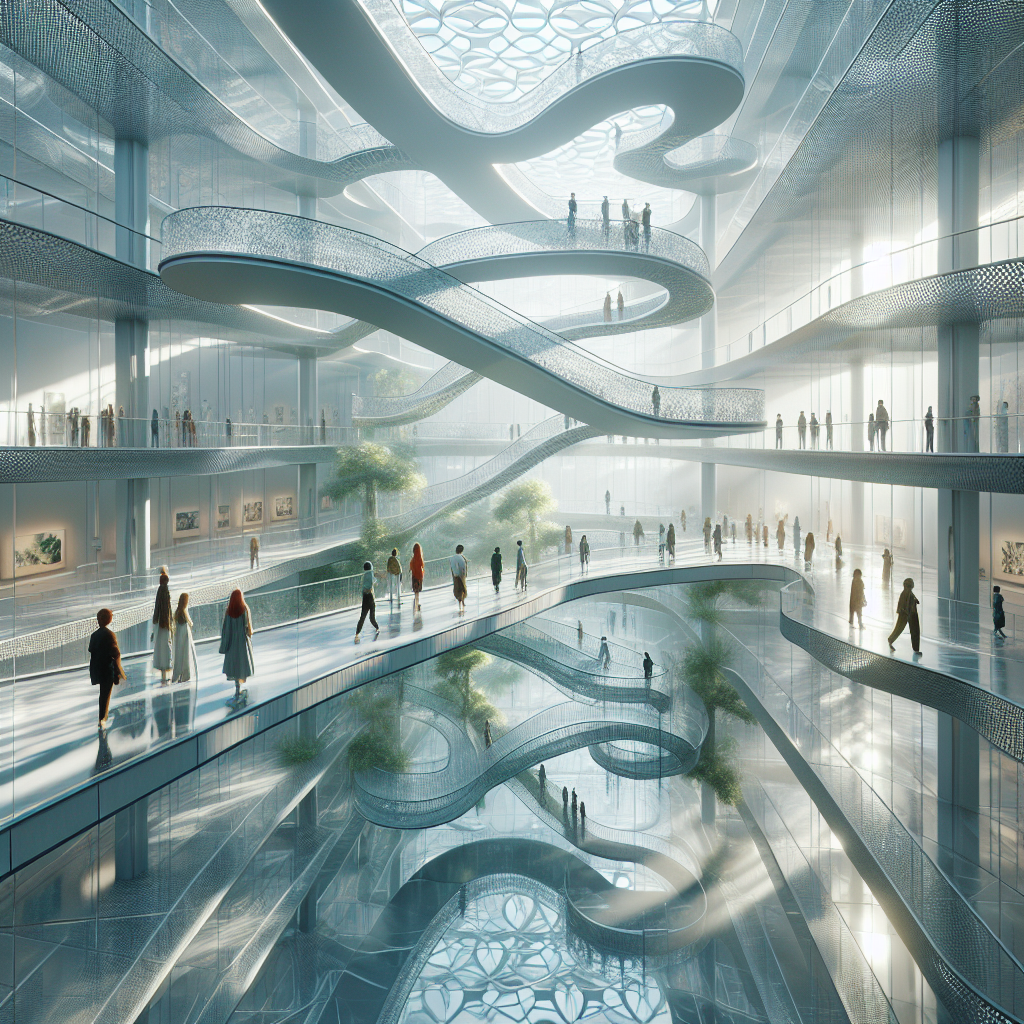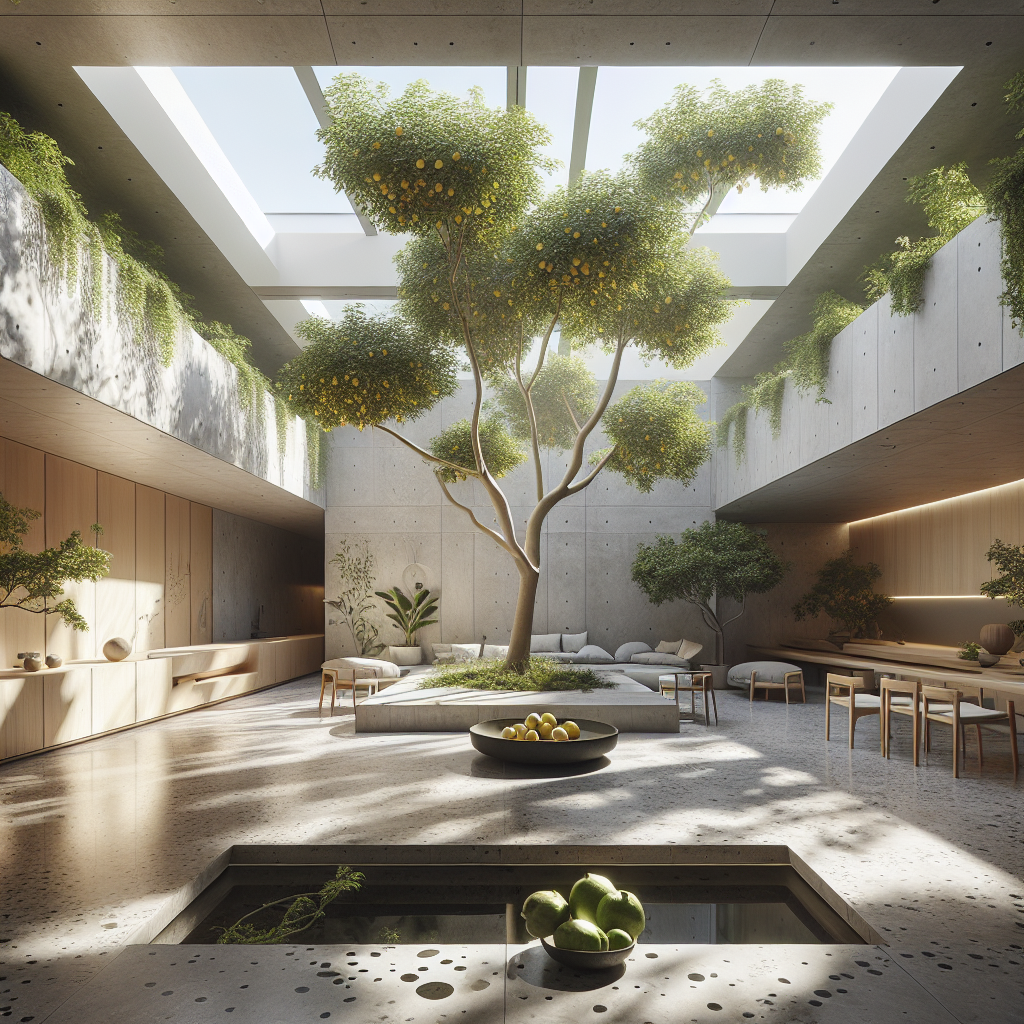Desert storms inside: sand-inspired textures for immersive arid ambiance
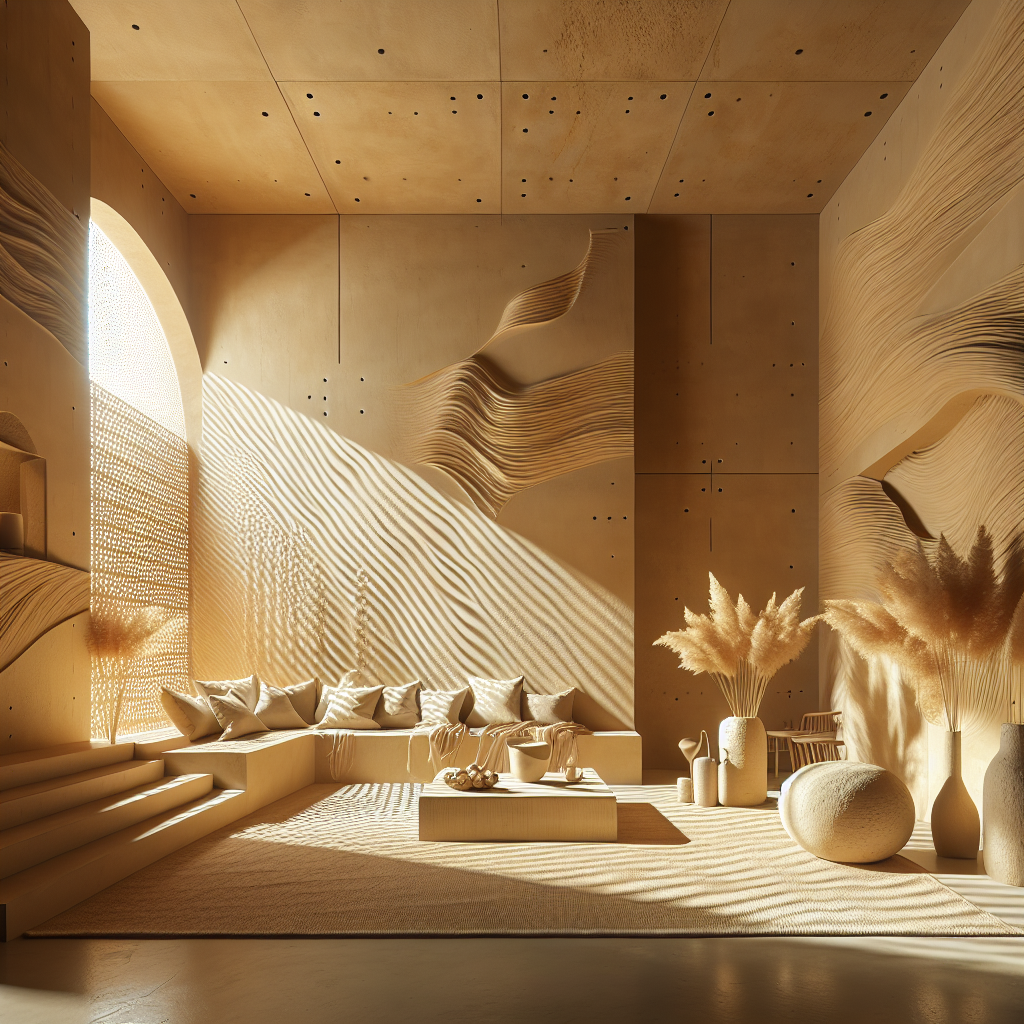
Desert Storms Inside: Sand-Inspired Textures for Immersive Arid Ambiance
In the ever-evolving landscape of contemporary interior design, the desert has emerged as a profound muse. Its raw minimalism, chromatic restraint, and tactile richness have inspired a new generation of architects and designers to recreate the serenity and drama of arid environments within built spaces. Sand-inspired textures—from granular plasters to sculpted surfaces that mimic wind-swept dunes—are transforming interiors into immersive sanctuaries that echo the poetry of erosion, heat, and silence. This aesthetic movement, which fuses biophilic design with material innovation, signals a shift toward sensory minimalism and emotional tactility.
The Rise of the Arid Aesthetic
The fascination with desert-inspired design stems from a growing global desire for calm, grounded environments. As cities densify and digital stimuli multiply, designers are turning to the desert’s quietude as an antidote to sensory overload. According to a 2024 report by the Global Interior Design Observatory, searches for “earthy textures” and “sand-tone interiors” increased by over 60% in the past two years, underscoring a collective yearning for spaces that feel elemental and timeless.
This aesthetic revival aligns with the broader movement toward biophilic design, which integrates natural materials and patterns to enhance human well-being. Yet the desert palette distinguishes itself through restraint: rather than lush greenery or flowing water, it celebrates absence, stillness, and the subtle interplay of light and dust. The result is a design language that feels both ancient and futuristic—a dialogue between erosion and architecture.
Material Alchemy: From Sand to Surface
At the heart of this trend lies a fascination with material tactility. Designers are experimenting with finishes that evoke the granular irregularity of sand, the cracked crust of dry earth, and the soft diffusion of desert light. Clay-based plasters, lime renders, and micro-cement coatings are being reformulated to achieve matte, velvety surfaces that absorb light rather than reflect it. These materials create a sense of depth and warmth, turning walls into landscapes.
Recent advances in sand-printing technology have further expanded the possibilities. Using 3D printing with silica-based composites, architects can now produce intricate, erosion-like textures directly onto panels or façades. The resulting surfaces blur the line between craft and computation—each ripple and indentation a digital echo of nature’s own sculptural logic.
In Dubai, for instance, the “Desert Pavilion” by T.Z. Studio employs compressed sand panels treated with natural binders, creating a monolithic structure that appears to have risen organically from the ground. The tactile continuity between exterior and interior evokes the sensation of being enveloped by the landscape itself. Similarly, in California’s Coachella Valley, designer Lila Mendez’s “Arid Chamber” residence uses hand-troweled clay plaster with embedded quartz dust, producing a subtle shimmer that mimics the desert horizon at dusk.
Color Palettes of the Dunes
The chromatic spectrum of desert-inspired interiors is deliberately restrained, yet deeply expressive. Warm neutrals—ochre, sienna, taupe, and ivory—form the foundation, while accents of rust, terracotta, and pale pink introduce tonal variation reminiscent of sandstone cliffs and sun-bleached minerals. These hues interact beautifully with natural light, shifting in tone throughout the day to mirror the desert’s own mutable atmosphere.
Designers are increasingly exploring monochromatic layering to heighten the sense of immersion. Textiles, ceramics, and furnishings in slightly varying shades of beige or clay create visual depth without distraction. The approach echoes the wabi-sabi aesthetic—a celebration of imperfection and transience—while grounding spaces in a palette that feels both contemporary and eternal.
Lighting plays a crucial role in this chromatic orchestration. Diffused illumination, often filtered through perforated screens or textured glass, mimics the soft haze of desert air. The result is an interior that feels suspended between shadow and glare, where every surface seems to breathe.
Texture as Narrative: The Sensory Dimension
In the context of high-end interiors, texture has become a narrative device. As explored in sensory design research, tactile variation can profoundly influence emotional perception and spatial memory. Sand-inspired textures, in particular, evoke a primal connection to the earth—inviting touch, slowing movement, and fostering introspection.
Walls finished with rammed earth or clay plaster convey a sense of permanence and authenticity. Floors in honed limestone or micro-terrazzo subtly reference desert sedimentation. Even upholstery and drapery are being reimagined through this lens: coarse linen, raw silk, and woven raffia replicate the tactile irregularities of natural terrain. The result is a multi-sensory environment that engages not only the eye but also the hand and the body.
This sensory engagement extends beyond aesthetics. Studies in environmental psychology, such as those cited by biophilic design theorists, suggest that tactile and naturalistic materials can reduce stress and enhance cognitive restoration. In this sense, sand-inspired interiors are not merely stylistic—they are therapeutic.
Architectural Case Studies: The Desert Within
The integration of desert textures into architecture is not confined to residential design. Cultural institutions, hospitality spaces, and retail environments are increasingly adopting the arid aesthetic to evoke emotional resonance and locality.
In Qatar’s National Desert Museum, designed by Atelier Nomade, interior walls undulate like wind-sculpted dunes, their surfaces finished in a custom gypsum composite that refracts light into soft gradients. Visitors describe the sensation as “walking through a mirage.” Meanwhile, the Aman Resort in Saudi Arabia’s AlUla region reinterprets ancient Nabatean rock dwellings through minimalist stone vaults and sand-toned plaster, achieving a seamless dialogue between heritage and modernity.
Commercial spaces, too, are embracing this language. The “Nomad Atelier” concept store in Madrid uses compressed earth bricks and sculpted alcoves to create a cocoon-like retail experience. The absence of sharp lines or glossy finishes encourages visitors to slow down, to feel rather than simply see. This tactile intimacy reflects a broader shift in luxury design—from spectacle to sensibility.
Technology Meets Tactility
While the desert aesthetic may appear primitive, its execution often relies on cutting-edge technology. Parametric modeling tools allow designers to simulate the behavior of wind and sand erosion, generating organic surface geometries that can be fabricated with precision. In some projects, robotic arms apply clay or plaster in randomized patterns, introducing a controlled imperfection that mimics natural irregularity.
This convergence of digital and organic echoes the experimentation seen in parametric design, where algorithms translate environmental phenomena into architectural form. The result is a new kind of computational naturalism—a design ethos that merges the logic of technology with the intuition of nature.
Even sustainable innovation plays a role. Researchers are developing bio-based binders that replace cement in earthen plasters, significantly reducing carbon emissions. According to the United Nations Environment Programme, construction materials account for nearly 40% of global CO₂ emissions; thus, the return to earth-derived materials represents both an aesthetic and ecological imperative.
Emotional Minimalism and the Future of Desert Design
The allure of sand-inspired interiors lies in their paradox: they are both austere and sensual, minimal yet deeply emotive. This duality resonates with a generation of designers seeking to balance technological sophistication with human warmth. As our built environments become increasingly digitized, the tactile memory of sand—its resistance, its impermanence—offers a grounding counterpoint.
Future iterations of this trend may move beyond visual mimicry toward multisensory immersion. Imagine walls that subtly shift texture in response to humidity, or lighting systems that emulate the chromatic drift of desert sunsets. These innovations align with the broader trajectory of responsive design, where architecture evolves dynamically with its environment and occupants.
Ultimately, the desert aesthetic is not about replicating a landscape but translating its essence: resilience, silence, and transformation. By bringing the storm indoors—through texture, tone, and tactility—designers are crafting spaces that remind us of our elemental origins. In an age of digital
